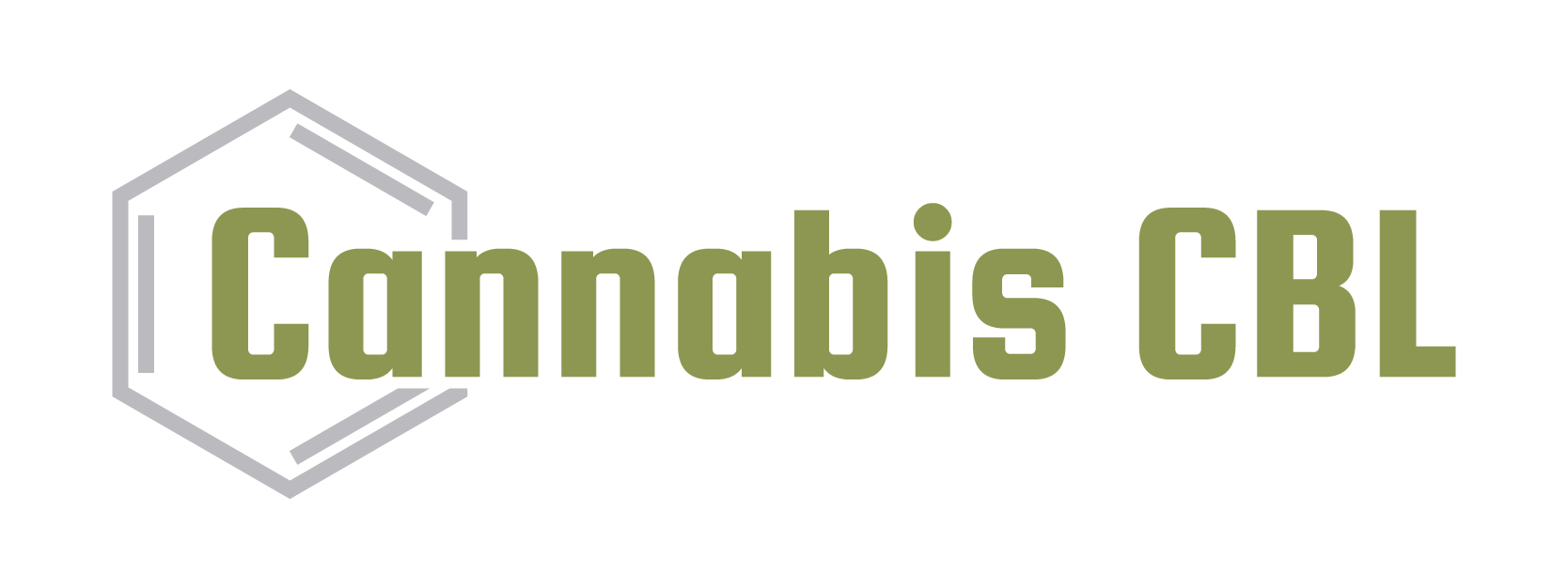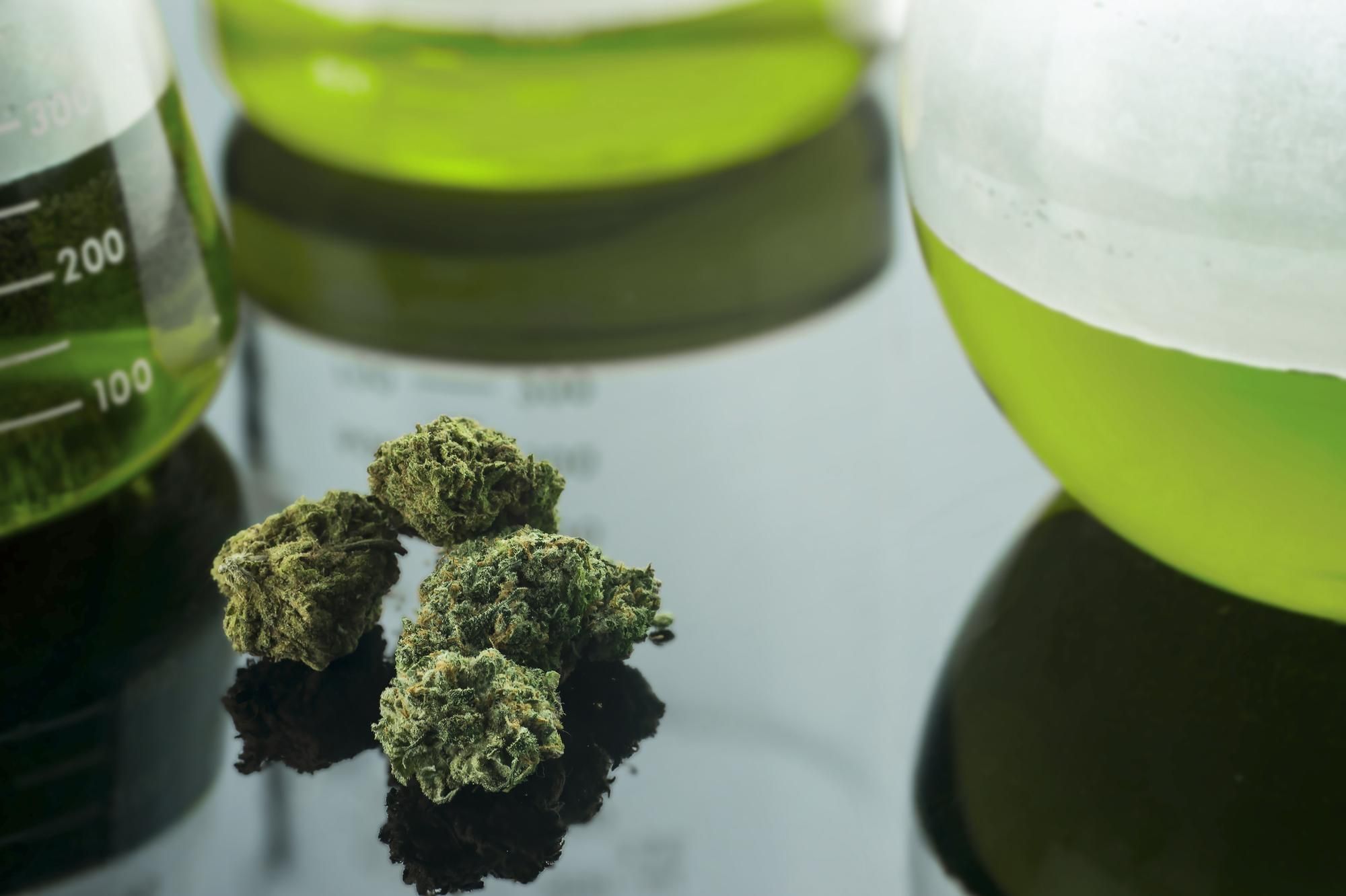Cannabicyclol (CBL) belongs to a group of naturally occurring compounds known as cannabinoids, which are found in the cannabis plant. Despite being part of the same chemical family as more familiar cannabinoids like THC (tetrahydrocannabinol) and CBD (cannabidiol), CBL is classified as a “minor cannabinoid.” This classification is not about its chemical importance but rather its abundance, biological presence, and research attention compared to major cannabinoids.
Defining Major vs. Minor Cannabinoids
Major cannabinoids, including THC, CBD, and CBG (cannabigerol), are present in relatively high concentrations in most cannabis chemotypes. These compounds have been extensively studied, drive much of the plant’s pharmacological activity, and play key roles in shaping consumer experiences and therapeutic applications. For instance, THC is primarily responsible for cannabis’s psychoactive effects, while CBD has become synonymous with wellness and therapeutic use without intoxication.
In contrast, minor cannabinoids are compounds that occur in much smaller amounts, often less than one percent of the plant’s chemical profile. Their scarcity means they are harder to extract, study, and market. CBL falls squarely into this category. It typically emerges as a degradation product of cannabichromene (CBC) when exposed to light and heat, further limiting its consistent presence across cannabis varieties.
Why CBL Is Classified as Minor
CBL’s classification as a minor cannabinoid is due to three primary factors:
- Low Natural Abundance – Unlike THC or CBD, CBL appears in trace quantities in the cannabis plant. This makes it less accessible for both researchers and consumers.
- Limited Research – While THC and CBD have been the focus of decades of pharmacological and clinical study, CBL has received little attention. Current knowledge is largely based on its chemical structure and early observations rather than robust clinical evidence.
- Unclear Therapeutic Role – At this stage, CBL has not been linked to major therapeutic benefits or commercial products. Its physiological effects remain largely theoretical, unlike CBD or CBG, which are already marketed in oils, edibles, and topical formulations.
Comparing CBL to Major Cannabinoids
The differences between major and minor cannabinoids illustrate why CBL remains in the background. THC and CBD dominate discussions because they are not only abundant but also interact significantly with the body’s endocannabinoid system. Their pathways, effects, and benefits are better understood, making them more attractive to researchers, regulators, and the marketplace.
CBL, on the other hand, may have potential that is simply waiting for further investigation. As extraction technologies improve and interest in the “entourage effect” grows, researchers may uncover synergies between CBL and other cannabinoids. This could eventually elevate its relevance in both scientific and commercial contexts.
Looking Ahead
For now, CBL remains a minor cannabinoid in every sense: rare in concentration, underexplored in laboratories, and absent from mainstream cannabis products. However, history suggests that today’s minor compounds can become tomorrow’s breakthroughs. The reclassification of CBD from obscurity to a global wellness phenomenon underscores the possibility that CBL’s role may grow as science catches up with nature’s complexity.

